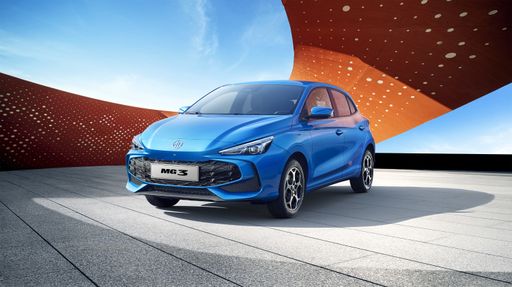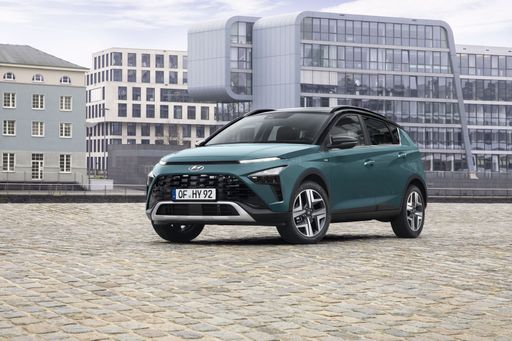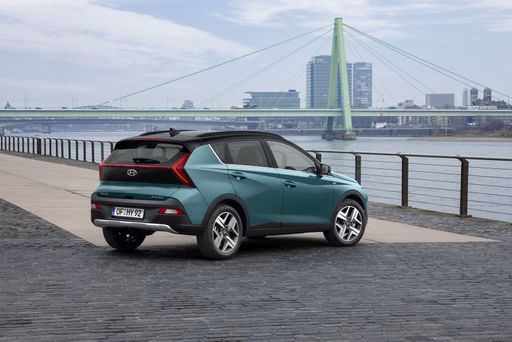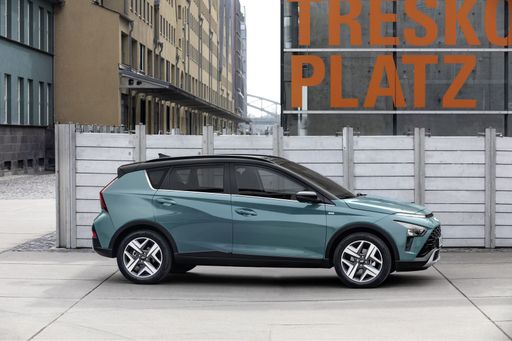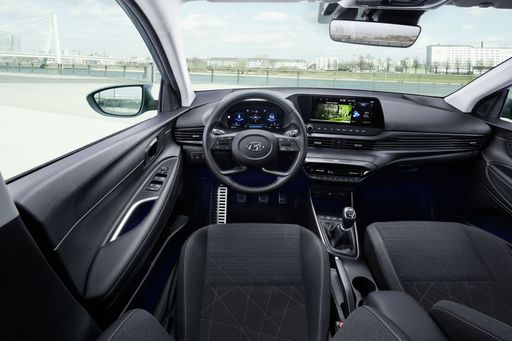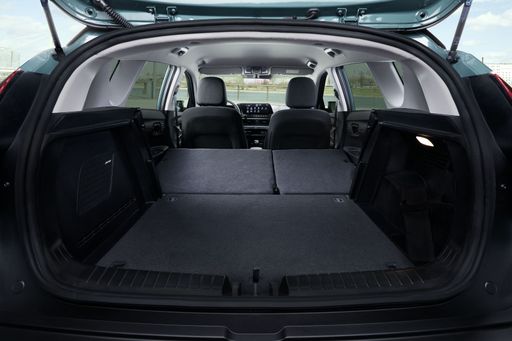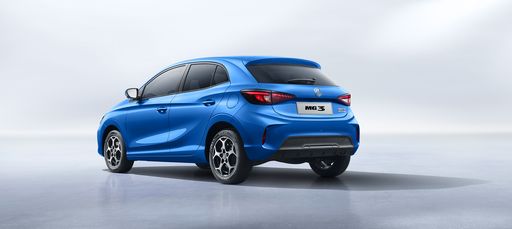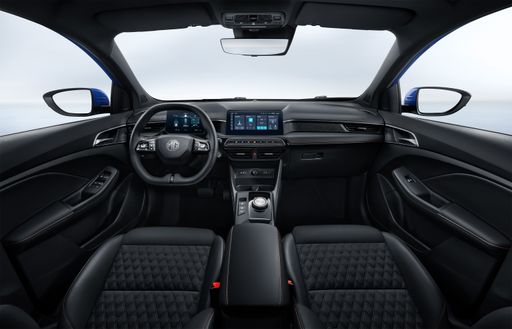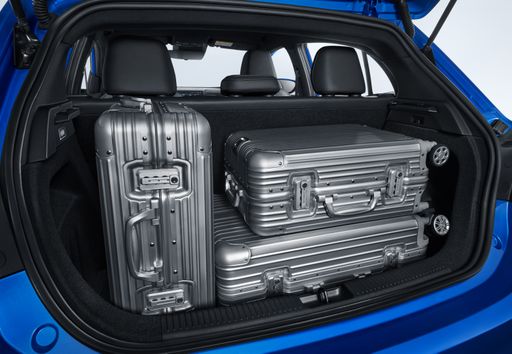Hyundai Bayon vs MG MG3: A Comprehensive Comparison
In the ever-evolving landscape of compact vehicles, the Hyundai Bayon and the MG MG3 represent a blend of style, functionality, and technology. As potential buyers increasingly seek not only performance but also efficiency and comfort, these two models stand out in their respective segments. This comparison will delve into their technical specifications, innovations, and overall user experience.

